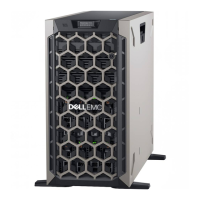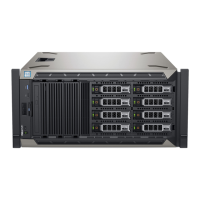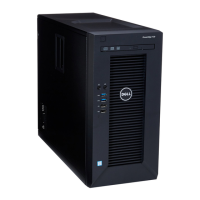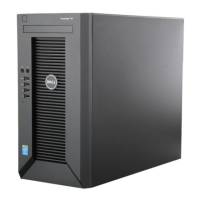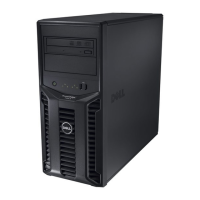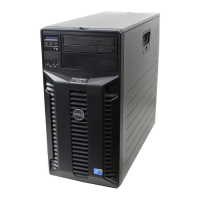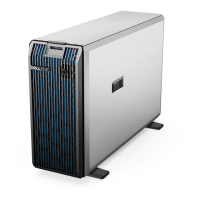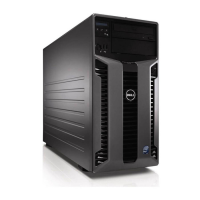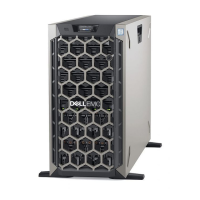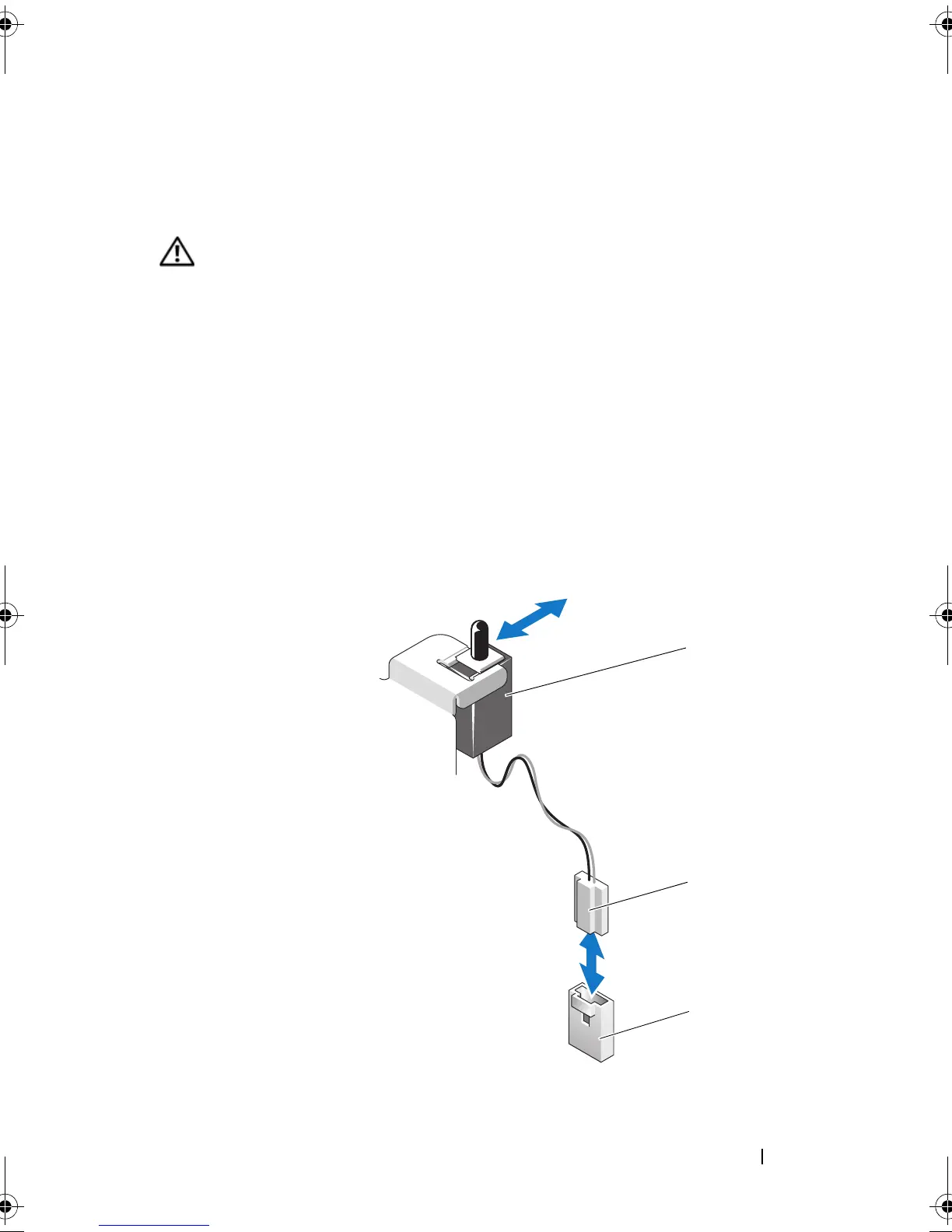 Loading...
Loading...




Do you have a question about the Dell PowerEdge T410 and is the answer not in the manual?
| Tcase | 77.6 °C |
|---|---|
| Bus type | QPI |
| Stepping | B1 |
| FSB Parity | No |
| Processor code | SLBV4 |
| Processor cache | 12 MB |
| Processor cores | 4 |
| Processor model | E5620 |
| System bus rate | 5.86 GT/s |
| Processor series | Intel Xeon 5600 Series |
| Processor socket | Socket B (LGA 1366) |
| Processor threads | 8 |
| Processor codename | Westmere EP |
| Motherboard chipset | Intel® 5500 |
| Number of QPI links | 2 |
| Processor frequency | 2.4 GHz |
| Processor cache type | Smart Cache |
| Processor lithography | 32 nm |
| Processor manufacturer | Intel |
| Processor package size | 42.5 X 45 mm |
| Processor front side bus | - MHz |
| Processor boost frequency | 2.66 GHz |
| Processor operating modes | 64-bit |
| ECC supported by processor | Yes |
| Supported instruction sets | SSE4.2 |
| Thermal Design Power (TDP) | 80 W |
| Number of processors installed | 1 |
| CPU multiplier (bus/core ratio) | 18 |
| Physical Address Extension (PAE) | 40 bit |
| Memory types supported by processor | DDR3 800/1066 |
| Memory channels supported by processor | Triple |
| Memory clock speeds supported by processor | 800, 1066 MHz |
| Memory bandwidth supported by processor (max) | 25.6 GB/s |
| Maximum internal memory supported by processor | 288 GB |
| HDD size | 3.5 \ |
| Optical drive type | DVD-RW |
| Total storage capacity | 250 GB |
| Maximum storage capacity | 12 TB |
| Number of HDDs supported | 6 |
| Memory slots | 8x DIMM |
| Internal memory | 4 GB |
| Memory clock speed | 1066 MHz |
| Internal memory type | DDR3-SDRAM |
| Maximum internal memory | 16 GB |
| Maximum graphics card memory | 8 MB |
| Graphics card | G200eW |
| Dimensions (W x D x H) (imperial) | 8.58 x 24.28 x 17.52 \ |
| Networking features | Gigabit Ethernet |
| PS/2 ports quantity | 0 |
| USB 2.0 ports quantity | USB 2.0 ports have a data transmission speed of 480 Mbps, and are backwards compatible with USB 1.1 ports. You can connect all kinds of peripheral devices to them. |
| Number of power supply units | - |
| Compatible operating systems | Microsoft SQL Server 2008 R2/Windows Small Business Server 2008/Essential Business Server 2008/Server 2008 SP2, x86/x64/Server 2008 R2/HPC Server 2008; Novell SUSE Linux Enterprise Server; Red Hat Enterprise Linux. |
| Chassis type | Tower |
| Processor ARK ID | 47925 |
| Intel® Turbo Boost Technology | 1.0 |
| Depth | 616.8 mm |
|---|---|
| Width | 217.9 mm |
| Height | 444.9 mm |


